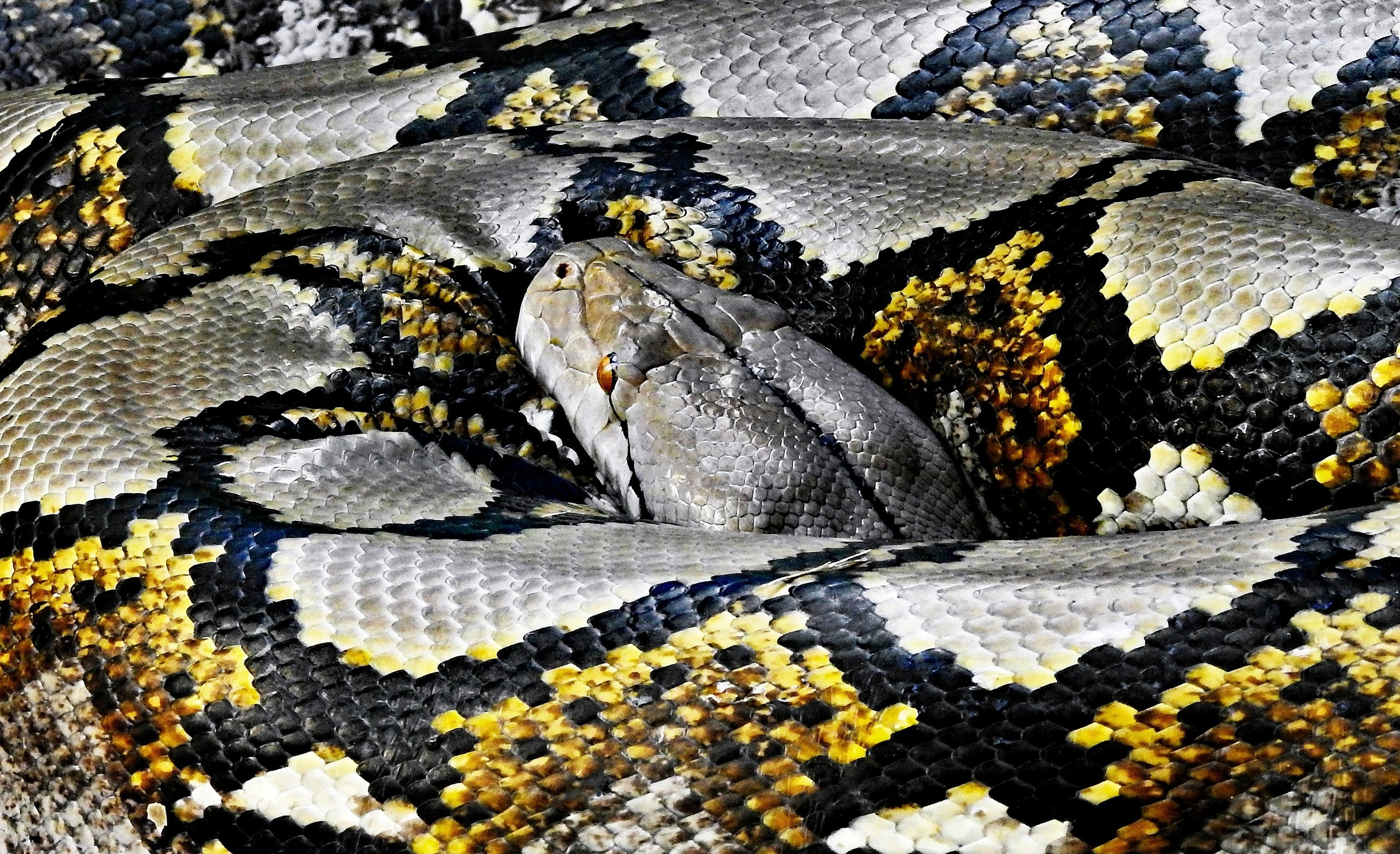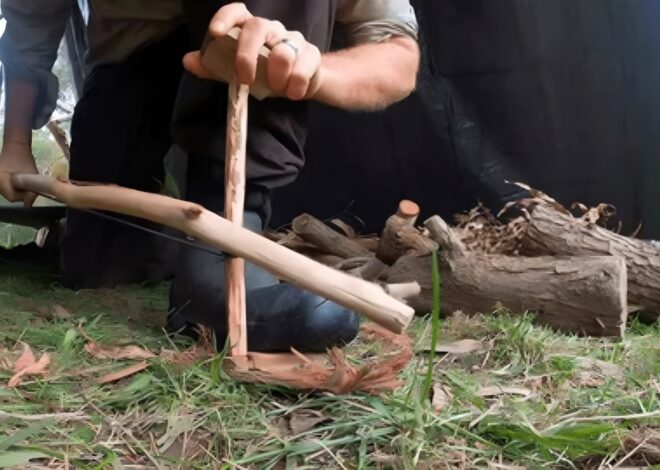
How To Survive A Python Attack
Welcome to our guide on how to survive a python attack. Have you ever wondered what you would do if faced with a python in the wild? These magnificent creatures can evoke both fear and fascination. In this blog post, we will dive into the world of python attacks and explore how to survive such encounters.
From understanding their behavior to debunking common myths, we’ve got you covered on all things related to staying safe from potential python attacks. Let’s slither into it!
Understanding the Behavior and Habits of Pythons
Pythons are fascinating creatures with unique behaviors and habits that set them apart in the animal kingdom. These large constrictor snakes primarily use their powerful bodies to ambush and subdue prey, rather than relying on speed or venom like other predators. Pythons are known for their excellent camouflage skills, blending seamlessly into their surroundings to surprise unsuspecting victims.
These reptiles have a slow metabolism, allowing them to go weeks or even months without food after a large meal. This ability helps pythons conserve energy and remain patient while waiting for the perfect opportunity to strike. They have incredible strength, capable of squeezing their prey with tremendous force until it suffocates before swallowing it whole.
Despite their intimidating reputation, pythons are generally shy and elusive animals that prefer to avoid confrontation whenever possible. Understanding these behaviors can help humans coexist safely with these magnificent creatures in their natural habitats.
Precautions to Take When in Areas with Pythons
When venturing into areas known to have pythons, it’s crucial to be vigilant and prepared. Make sure to educate yourself on the specific habitats where pythons are commonly found. Avoid dense vegetation or rocky outcrops where they may hide.
Stay alert and watch your surroundings carefully. Pythons are excellent at camouflaging themselves, so keep an eye out for any unusual shapes or movements. Wear appropriate clothing and footwear that can protect you from potential snake bites.
Long pants and closed-toe shoes are recommended. Carry a flashlight with you if you’re exploring at night as pythons are more active during this time. Make some noise while walking to alert snakes of your presence; they will likely slither away before you even notice them.
Remember, prevention is key when it comes to avoiding encounters with these creatures in their natural habitat.
What to Do If You Encounter a Python
Imagine you’re out exploring the wilderness, and suddenly you come face to face with a python. Stay calm – panicking will only escalate the situation. Slowly back away from the snake without making any sudden movements. Avoid direct eye contact as it may perceive this as a threat.
Remember, pythons are not venomous but can constrict their prey, so keep your distance. If the python starts approaching you, make yourself appear larger by raising your arms and slowly backing away further. Do not turn your back on the snake; always keep it in sight.
In case the python strikes and latches onto you, do not try to pull or pry it off forcefully – instead, seek immediate medical attention for proper removal. Remember that pythons are typically shy creatures and will likely retreat if given enough space. So stay composed, give it room to move away, and once safe distance is achieved, slowly leave the area.
Common Myths About Surviving a Python Attack Debunked
Common myths about surviving a python attack often circulate, causing unnecessary fear and misinformation. One prevalent myth is that jumping into water will deter a python from attacking. In reality, pythons are excellent swimmers and can still pursue their prey in the water with ease.
Another common misconception is that making loud noises or sudden movements will scare off a python. However, these actions may actually startle the snake and provoke it to defend itself. Additionally, there is a belief that wearing heavy boots or thick clothing can protect you from a python bite. Pythons have sharp teeth capable of penetrating such barriers, rendering this myth ineffective.
It’s crucial to debunk these myths to ensure individuals take appropriate precautions when faced with a potential python encounter. Understanding the true nature of these snakes can help prevent dangerous misconceptions from putting lives at risk.
Tips for Surviving a Python Attack
When it comes to surviving a python attack, there are some crucial tips to keep in mind. Remain calm if you come across a python. Panicking can escalate the situation and increase the chances of being bitten. Try to slowly back away without making sudden movements.
Avoid trying to capture or handle the snake yourself. Pythons are powerful reptiles with strong jaws that can cause serious harm if provoked. It’s best to leave handling them to trained professionals who know how to safely capture and relocate them.
If a python does bite you, seek medical attention immediately. Even non-venomous snake bites can lead to infections that require treatment. Clean the wound thoroughly and apply first aid while waiting for help.
Always be aware of your surroundings when exploring areas known for pythons. Stay on designated paths and avoid tall grass or dense vegetation where snakes may hide. Being cautious and respectful of wildlife is key to staying safe in python territory.
Conclusion: Staying Safe from Potential Python Attacks
In the end, being aware of your surroundings and understanding how to react in case of a python encounter are crucial for staying safe. Remember that pythons are generally not aggressive towards humans unless provoked, so remaining calm and following precautions can help prevent any potential attacks.
By knowing how to behave in areas where pythons reside, you can enjoy nature while minimizing risks. Stay informed, stay cautious, and most importantly – stay safe from potential python attacks!



